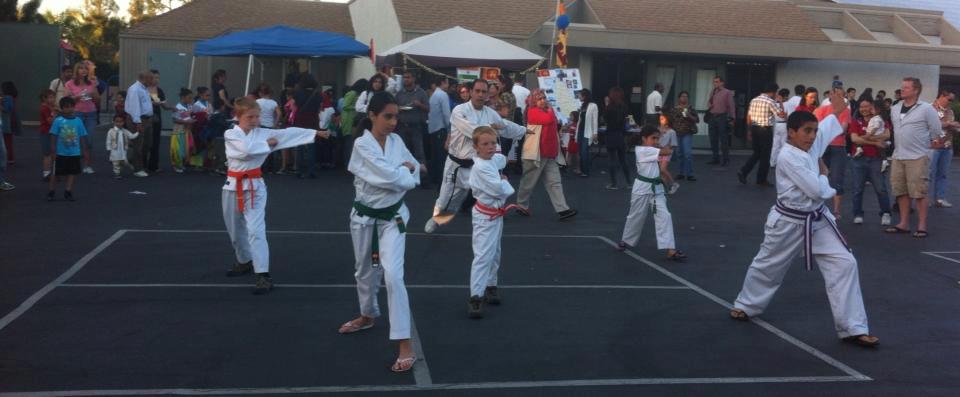
KARATE is a Japanese word meaning "Empty Hands” that does not require weapons other than the parts of the body.It is an art which systematically tempering every part of the body, giving special attention to the hands and feet, enables one to act effectively in the moment of crisis. This training provides protection with nothing more than the empty hand.Originally, Karate was a method of unarmed self-defence developed in the Okinawan Islands from various techniques introduced from mainland China, as well as local innovations up until the late 19th century, the various karate techniques were practiced and taught within relatively small regions.
Although its origin is obscure, a popular story prevails that credits the Indian Priest Daruma or Bodhidharma (525 A.D.) with its birth. However, other great men such as Hua T'o (190-265 A.D.), a brilliant doctor, and Yuen Fei, a popular general of the Sung Dynasty, (960-1275 A.D.) are also considered forefathers of Karate.Karate was originally known as 'Kenpo', meaning 'First Law'. From China it crossed over to Okinawa, where known as 'Te', it consisted mostly of hand movements. In 1923 the Okinawans changed the Chinese character to a Japanese character. Thus, the meaning changed from 'hands of China' to ' empty hand'. This transition assuredly brought about a deeper meaning to the art in which the spiritual overcame the physical.
Present day Karate is categorized into four parts - physical conditioning, self defense, mental conditioning, and a sport. Over the years, Karate has come into prominence as a sport. In its original form, it is an extremely effective method of unarmed self defense. As a sport, Karate offers many different levels and types of competition. A typical tournament would include demonstrations of breaking, weapons use, self defense techniques, tradition and open forms and the most exciting competition, sparring.Thus the art of karate is constantly undergoing improvement and revision.
Karate training is commonly divided into kihon (basics or fundamentals), kata (forms), and kumite (sparring).
Karate styles place varying importance on kihon. Typically this is performance in unison of a technique or a combination of techniques by a group of karateka. Kihon may also be prearranged drills in smaller groups or in pairs.
Kata means literally "shape" or "model." Kata is a formalized sequence of movements which represent various offensive and defensive postures. To attain a formal rank the karateka must demonstrate competent performance of specific required kata for that level.
It literally means "meeting of hands." Kumite is practiced both as a sport and as self-defense training. In structured kumite (Yakusoku), two participants perform a choreographed series of techniques with one striking while the other blocks. The form ends with one devastating technique (Hito Tsuki).